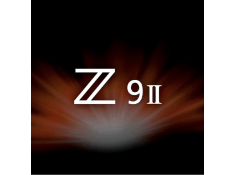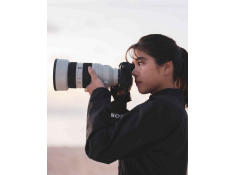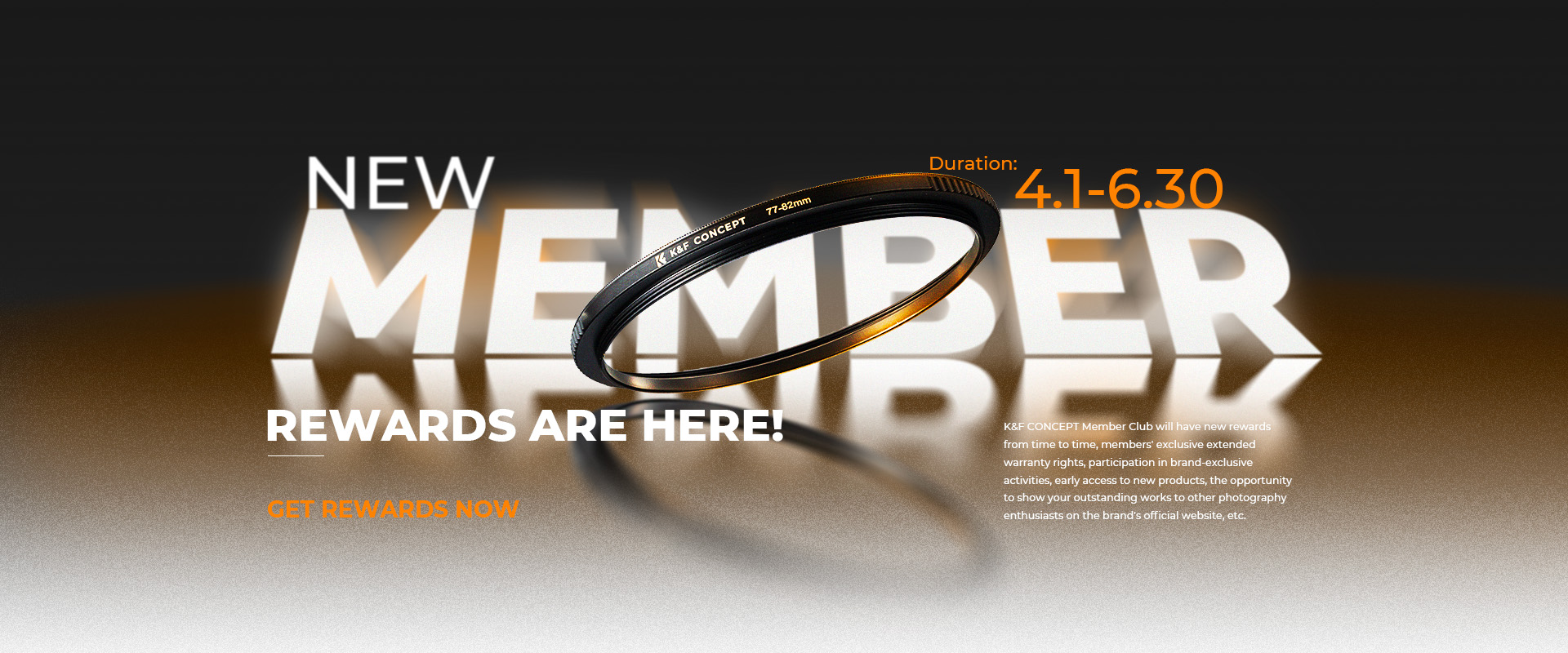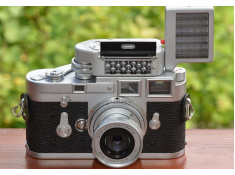Are the two lenses of TLR the same?
Monday 26 May 2025
 1.3k
1.3k
 Reproduction without the author's authorization is prohibited
Reproduction without the author's authorization is prohibited
You may have seen a TLR in your grandparents’ garage. You may have come across one without knowing its official name. And you may be wondering—are the two lenses of TLR the same?
Let’s break that down by first understanding what a TLR is, how it works, and how it compares with an SLR.
What is TLR?
A TLR, or Twin-Lens Reflex camera, uses two lenses of the same focal length. The top lens is for viewing and focusing, while the bottom lens is the one that captures the image on film.
This design was common from the 1920s to the 1960s, especially in portrait and street photography. Cameras like the Rolleiflex and Yashica gained fame for their sharp optics and distinctive form.
Are the two lenses of TLR the same?
The two lenses look nearly identical—but they serve different purposes. They are matched in focal length and position, but they are not functionally identical.
The bottom lens (taking lens) includes the aperture and shutter. It's the one that records the image onto film.
The top lens (viewing lens) is for composition and focus. It doesn’t expose the film and may not include full aperture control or the same precision in optics.
So, while both lenses must stay optically aligned, only one directly influences image quality. In short: they are similar in design but different in function.
How does TLR work?
A TLR projects the image from the top lens onto a ground glass screen inside the waist-level viewfinder. What you see there is reversed left-to-right.
Focusing is done by turning a knob that moves both lenses together, ensuring the composition stays accurate.
When you press the shutter, only the bottom lens opens to expose the film. Since there’s no flipping mirror, TLRs are quiet and have less vibration—great for candid or handheld work.
TLR vs SLR which is better?
SLR (Single-Lens Reflex) cameras use just one lens for both viewing and taking. A mirror system shows you exactly what the lens sees, eliminating parallax error.
TLRs, by contrast, are simpler mechanically. There’s no mirror to flip, meaning quieter operation and fewer moving parts. But they can suffer from parallax error, especially at close range, because the two lenses are offset.
TLR advantages:
Easier to use larger formats
SLR advantages:
No parallax error
Often supports interchangeable lenses
More flexible for varied shooting styles
Conclusion
Are the two lenses of TLR the same? Not exactly. They’re matched for alignment and focal length, but they serve different roles. Only the lower lens takes the photo.
This dual-lens design is what gives TLRs their charm. Understanding it helps explain why TLRs remain iconic tools for photographers who value simplicity, silence, and craft.
Statement: all contents and remarks made by K&F CONCEPT 's intranet friends only represent themselves and do not reflect any K&F CONCEPT 's opinions and views.
-
 Sigma Publishes Patents for 24mm F1.2 and 28mm F1.2 LensesFriday 14 November 2025
Sigma Publishes Patents for 24mm F1.2 and 28mm F1.2 LensesFriday 14 November 2025 -
 Latest Spy Photos of the Sony A7M5Thursday 13 November 2025
Latest Spy Photos of the Sony A7M5Thursday 13 November 2025 -
 Phase One Releases 30th Anniversary Edition IQ4 150MP Digital BackTuesday 11 November 2025
Phase One Releases 30th Anniversary Edition IQ4 150MP Digital BackTuesday 11 November 2025 -
 Will the Nikon Z9 Ⅱ not be released this yearWednesday 05 November 2025
Will the Nikon Z9 Ⅱ not be released this yearWednesday 05 November 2025 -
 Sony to Launch Multiple New Products at Two Recent EventsTuesday 04 November 2025
Sony to Launch Multiple New Products at Two Recent EventsTuesday 04 November 2025








